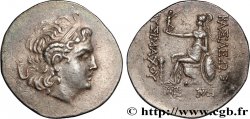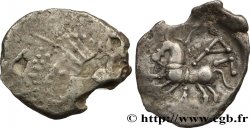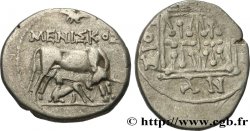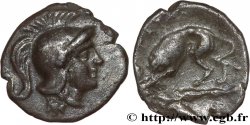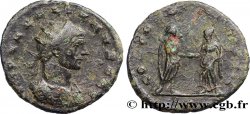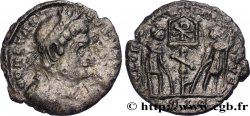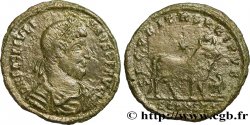E-auction 50-21292 - bgr_301519 - BITHYNIA - HERACLEA PONTICA Trihemiobole
You must signin and be an approved bidder to bid, LOGIN TO BID. Accounts are subject to approval and the approval process takes place within 48 hours. Do not wait until the day a sale closes to register. Clicking on « bid » constitutes acceptance of the terms of use of cgb.fr private e-auctions.
Bids must be placed in whole Euro amounts only. The sale will start closing at the time stated on the item description; any bids received at the site after the closing time will not be executed. Transmission times may vary and bids could be rejected if you wait until the last second. For further information ckeck the E-auctions F.A.Q.
NO BUYER'S FEE.
NO BUYER'S FEE.
| Estimate : | 250 € |
| Price : | 156 € |
| Maximum bid : | 160 € |
| End of the sale : | 31 March 2014 15:01:00 |
| bidders : | 5 bidders |
Type : Trihemiobole
Date: c. 394-364 AC.
Mint name / Town : Héraclée Pontique, Bithynie
Metal : silver
Diameter : 10 mm
Orientation dies : 12 h.
Weight : 1,11 g.
Rarity : R1
Coments on the condition:
Exemplaire sur un petit flan parfaitement centré des deux côtés. Très beau portrait d’Héraklès barbu. Joli revers de style fin. Très jolie patine de collection ancienne avec des reflets dorés
Catalogue references :
Predigree :
Cet exemplaire provient de la collection A. S. et de MONNAIES 45 n° 111 et de MONNAIES 53, n° 85
Obverse
Obverse legend : ANÉPIGRAPHE.
Obverse description : Tête barbue d’Héraklès à gauche, coiffée de la léonté nouée sous le cou.
Reverse
Reverse description : Massue tournée à droite, coupant la légende en deux.
Reverse legend : HRK/LEIA
Reverse translation : (d’Héraclée).
Commentary
Type inhabituel. .







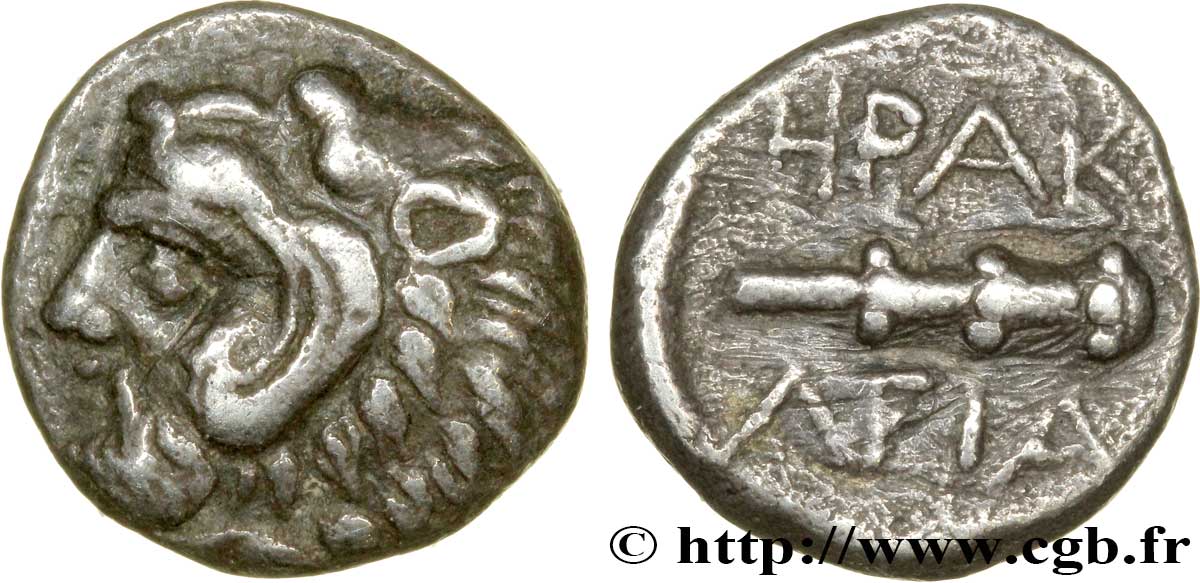
 Report a mistake
Report a mistake Print the page
Print the page Share my selection
Share my selection Ask a question
Ask a question Consign / sell
Consign / sell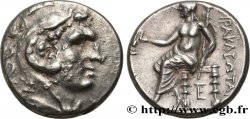
 Full data
Full data